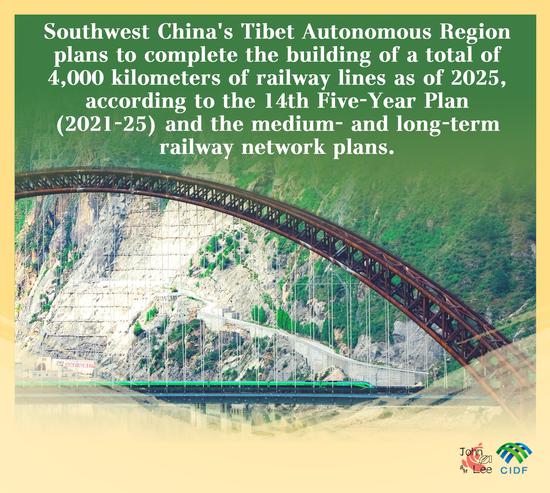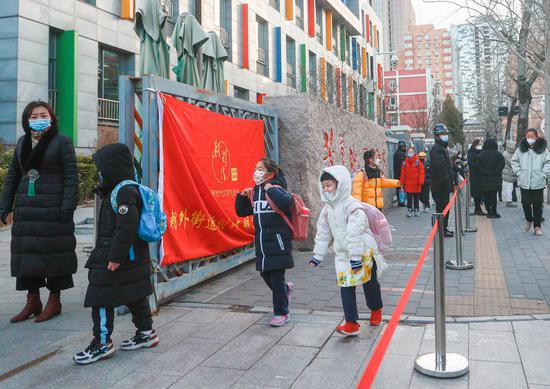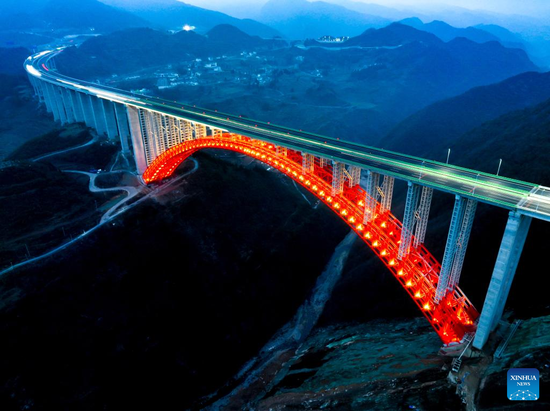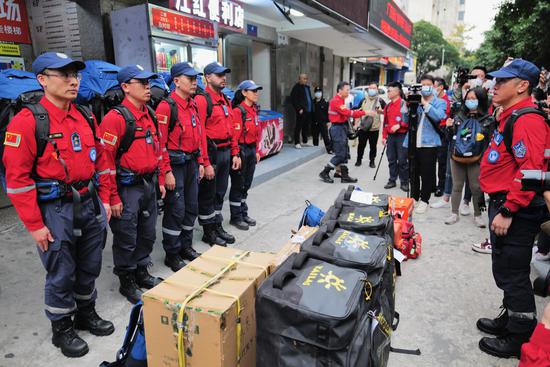
A resident in Baofeng county, Henan province, charges his new energy vehicle, on Nov 26, 2021. (Photo/Xinhua)
China's charging infrastructure for electric vehicles, or EVs, nearly doubled in 2022, buoyed by the burgeoning market, the National Energy Administration said on Monday.
China now boasts 5.2 million charging units, including 1.8 million public charging facilities and 3.4 million private charging facilities. In 2022 alone, 650,000 public charging facilities and 1.9 million private charging facilities were installed, the NEA said.
Liang Changxin, spokesman of the NEA, said the charging infrastructure is important for the development of the EV industry and helps accelerate the transformation of China's transportation sector to a clean and low-carbon field.
Liang said that in recent years, China's charging infrastructure has seen rapid development and its network is now the largest and most widely distributed in the world.
"The charging market in China is showing a diversified development trend, with over 3,000 companies operating charging piles. The volume of electricity charged for electric vehicles has continued to grow, with the total amount exceeding 40 billion kilowatt-hours in 2022, a year-on-year increase of over 85 percent," Liang said.
Estimates from the Beijing-based Huaon Industrial Research Institute showed that China's market for chargers is expected to reach nearly 250 billion yuan ($35.8 billion) in 2025, with a compound annual growth rate of over 33 percent during 2021-25.
Liang said the industrial standards are also gradually maturing. The NEA has established a committee to release standards for EV charging facilities. Some 31 national standards and 26 industry standards have been finalized.
"Currently, there are still problems like unreasonable layout of public charging facilities, difficulty in building charging piles in some residential areas, irregular operation of the charging market, and inadequate facility maintenance," said Liang.
According to the China Electric Vehicle Charging Infrastructure Promotion Alliance, the current ratio is one charger for every 2.6 EVs. Data from the Ministry of Public Security showed China had about 13.1 million new energy vehicles, or NEVs, at the end of last year.
The alliance said the growth of chargers meets demand from the rapidly growing number of EVs. However, the industry still faces the problem of uneven deployment, which causes inconvenience for users.
Jiang Yunzhe, a researcher of NEVs at the Center for Automotive Strategy and Policy Research, which is part of the China Automotive Technology and Research Center, a think tank, said that charging infrastructure coverage currently is highly correlated with regional economic development and city scale. The average coverage rate of public charging infrastructure in megacities' central areas exceeds 90 percent, but charging infrastructure coverage in counties and townships, highway service centers and national and provincial trunk roads is insufficient.
Going forward, the NEA, together with the departments concerned, will continue to strengthen the top-level design for the charging infrastructure sector, optimize the planning and layout of charging networks, focus on resolving the current problems in charging, and optimize and improve the government supervision. The goal is to better serve the rapid development of the NEV industry, Liang said.


















































 京公网安备 11010202009201号
京公网安备 11010202009201号